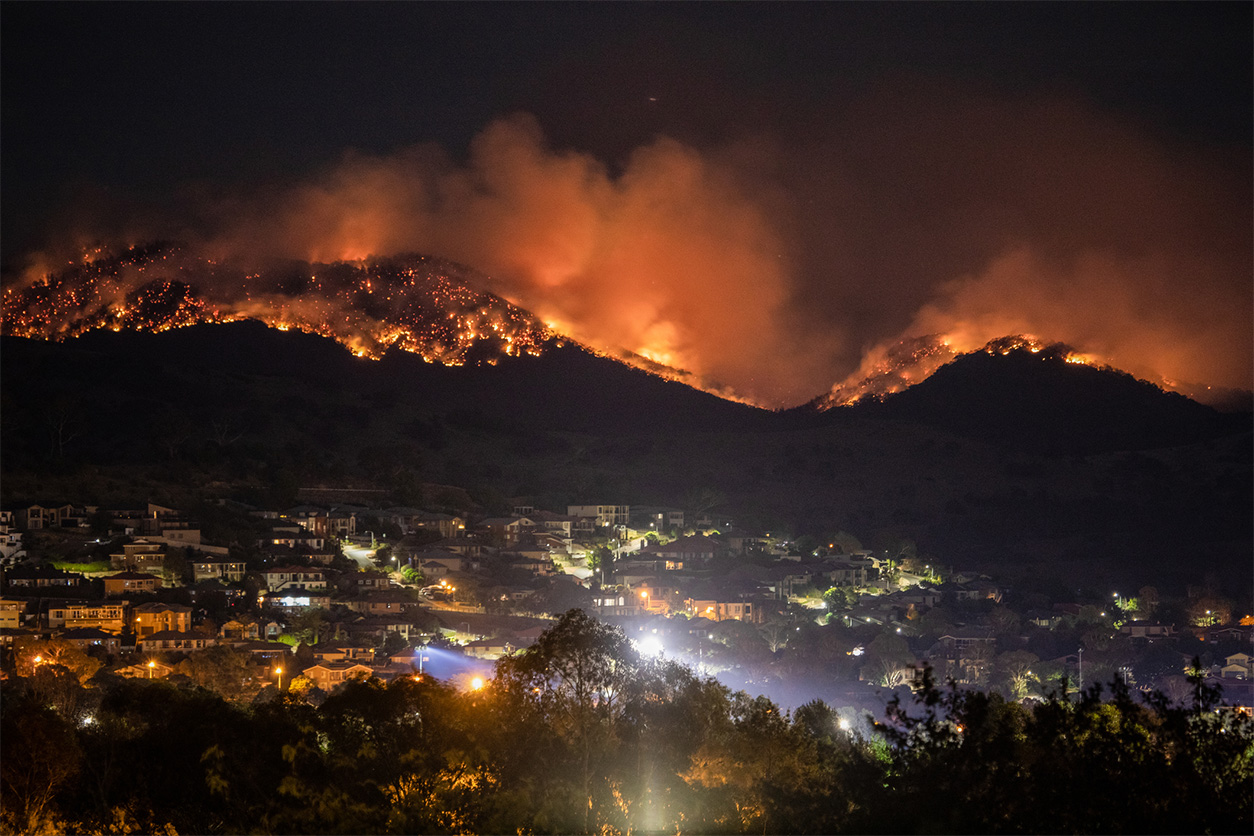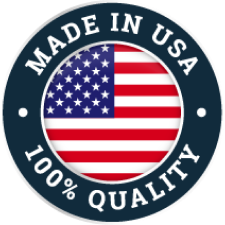
As the world grapples with the effects of climate change, one of the most pressing concerns is the increase in wildfires and their impact on air quality. Understanding the trends and seasonal variations in Air Quality Index (AQI) is crucial for planning an effective smoke mitigation strategy. Whether you’re a homeowner, a business owner, or a local government official, being prepared for fluctuating AQI levels can make a significant difference in protecting your health and property.
Understanding AQI Trends
AQI is a standardized metric used to communicate the level of air pollution in a specific area. It takes into account various pollutants, including particulate matter (PM2.5 and PM10), ground-level ozone (O3), carbon monoxide (CO), sulfur dioxide (SO2), and nitrogen dioxide (NO2). Monitoring AQI trends allows us to identify periods of poor air quality, often associated with increased wildfire activity.
Seasonal Variations
Wildfire activity and its impact on AQI can vary significantly by season. In many regions, wildfires are more common during the dry, hot summer months. This leads to a spike in AQI levels during the summer, posing health risks and challenges for individuals with respiratory conditions. However, it’s essential to note that wildfires can occur at any time of the year, especially in areas with specific weather patterns or vegetation.
Planning Your Smoke Mitigation Strategy
Stay Informed: Keep a close eye on local AQI reports and forecasts. Numerous websites and apps provide real-time AQI data, allowing you to make informed decisions about outdoor activities and whether to stay indoors during poor air quality days.
Invest in Air Purification: Consider installing high-quality air purifiers in your home or workplace. These devices can help reduce indoor air pollution and provide a safe haven during periods of high AQI.
Create an Emergency Kit: Prepare an emergency kit with N95 respirator masks, essential medications, and other supplies. This kit can be invaluable during wildfire events when evacuation might be necessary.
Landscaping and Property Maintenance: If you live in a wildfire-prone area, create defensible space around your property by removing dry vegetation and flammable materials.
Community Engagement: Advocate for and participate in community efforts to prevent wildfires and improve air quality. Support local initiatives to reduce carbon emissions and promote sustainable land management practices.
Understanding AQI trends and seasonal variations is essential for planning a smoke mitigation strategy. By staying informed, investing in air purification, creating an emergency kit, maintaining your property, and engaging with your community, you can better protect yourself and your environment from the impacts of wildfires and poor air quality.
